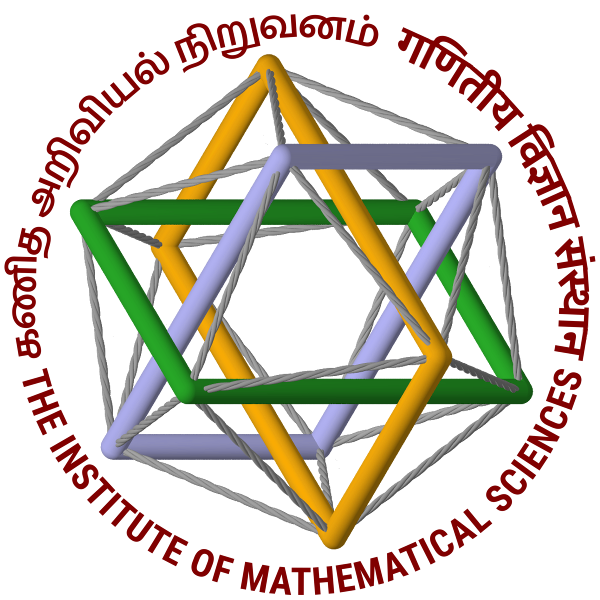A national institute for research in the theoretical sciences
Upcoming Events
Jun 16
15:30-16:30
15:30-16:30
K.G. Tirumurugaan | Centre for Animal Health Studies, Tamil Nadu Veterinary and Animal Sciences University (TANUVAS), Chennai
Biology Seminar | E C G Sudarshan Hall
Jun 16
15:30-16:30
15:30-16:30
Rosemary A. Bailey and Peter J Cameron | University of St. Andrews
Mathematics Colloquium | Alladi Ramakrishnan Hall
Jun 19
14:00-15:00
14:00-15:00
Agnid Banerjee | Arizona State University
Mathematics Colloquium | Alladi Ramakrishnan Hall
Jun 23
09:00-17:00
09:00-17:00
- | IMSc Chennai
Conference | Alladi Ramakrishnan Hall
Jun 24
09:00-17:00
09:00-17:00
- | IMSc Chennai
Conference | Alladi Ramakrishnan Hall





